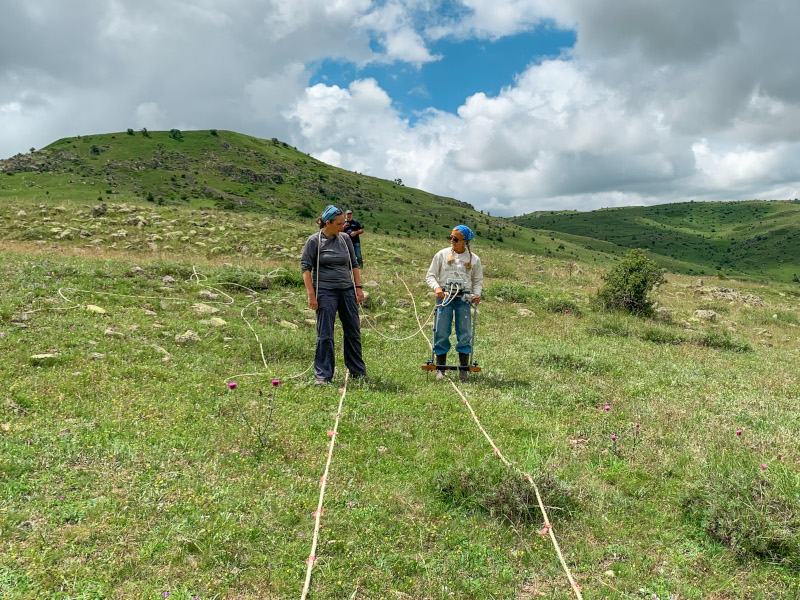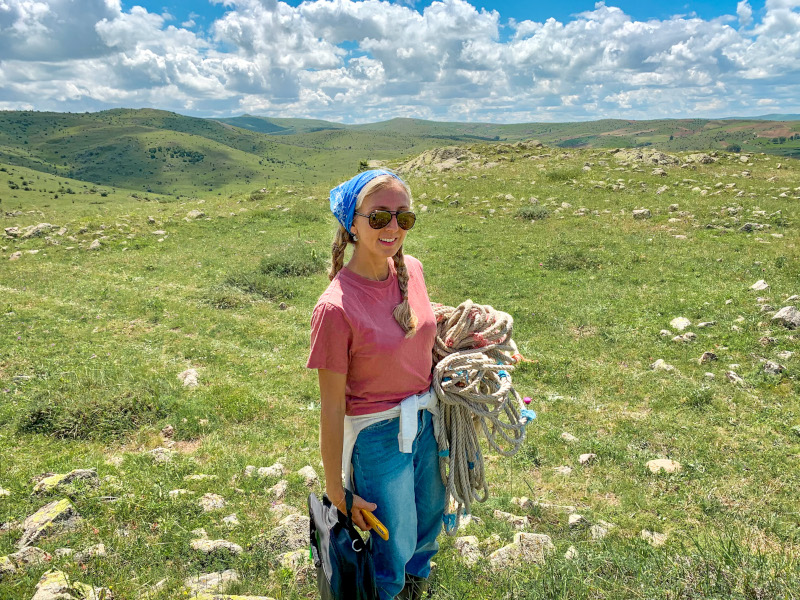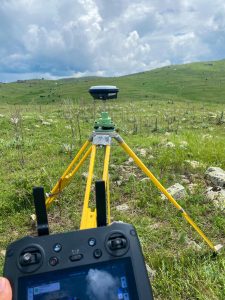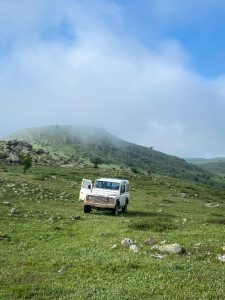
Digging, Drones, and Digitalization in Central Anatolia
Annalise Whalen, 2023 P.E. MacAllister Fieldwork Scholarship Recipient
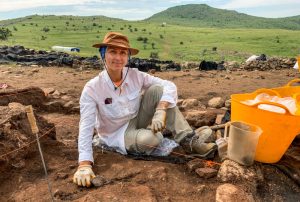
Mid-way through excavation, the highest point of the site can be seen in the background near where the Cappadocia Gate and the Palatial Complex are located.
Welcome to Kerkenes, a sprawling Iron Age site located in central Anatolia. This megacity is mysterious as it is vast; Kerkenes was only briefly inhabited for less than a century, before a battle and catastrophic fire caused it to become abandoned. Although the site has been suggested to be that of which Herodotus identifies as Pteria, this description is unconfirmed, and much is left to be learned about the city and its former inhabitants.
Here I joined the ASOR-affiliated Kerkenes Project with the University of Central Florida, where I started my PhD this year working with Kerkenes project director Dr. Scott Branting. Despite a sobering earthquake and busy election season in Turkey preluding our excavation, this year’s field season took place from May until July 2023. Thanks to the generous support of the P.E. MacAllister Fieldwork Scholarship, I was fortunate to participate in an advantageous initial season on the site before starting my PhD program.
